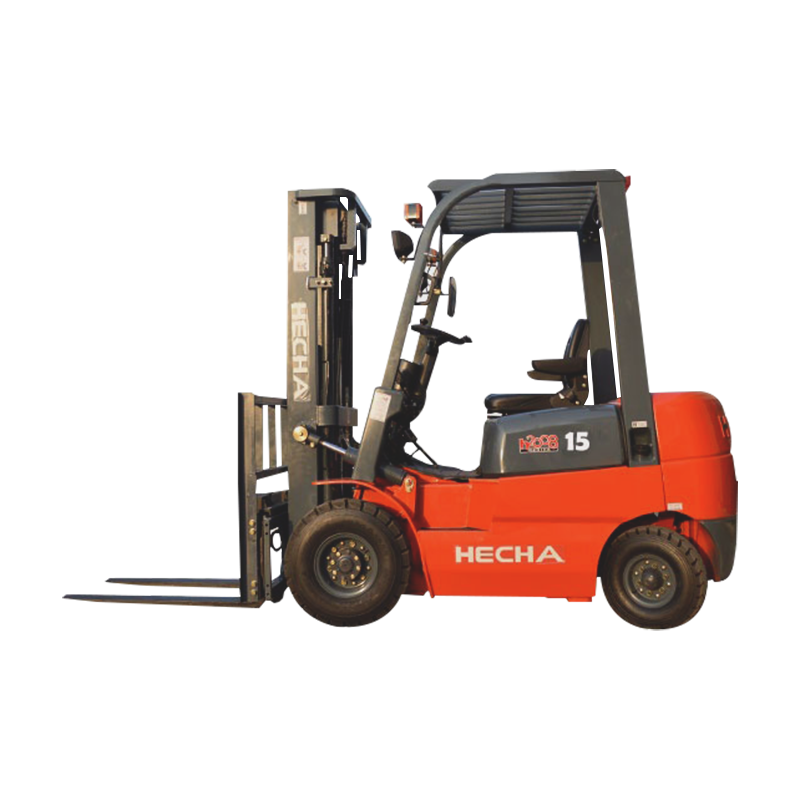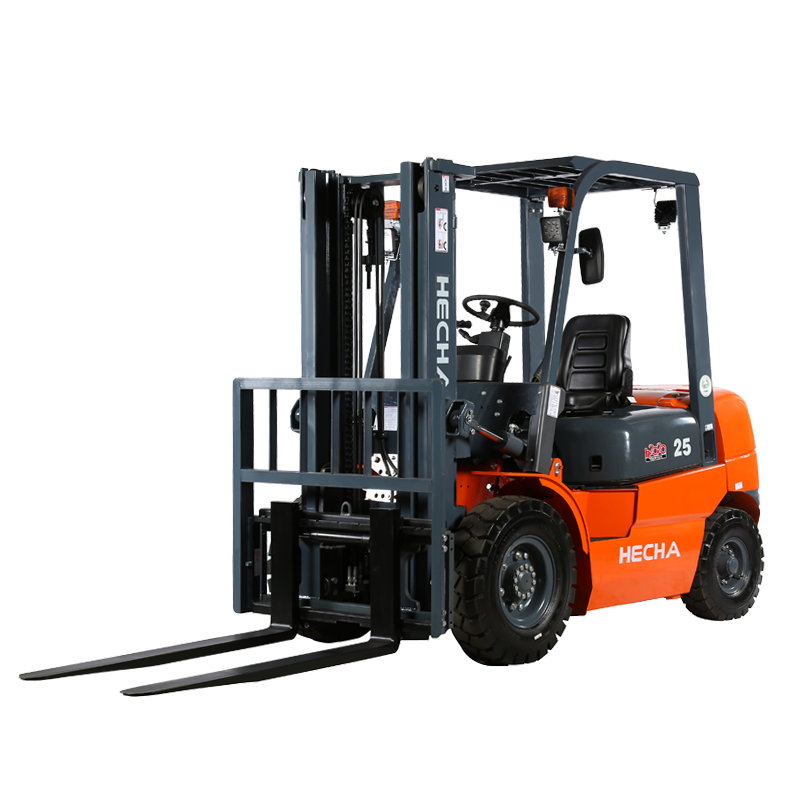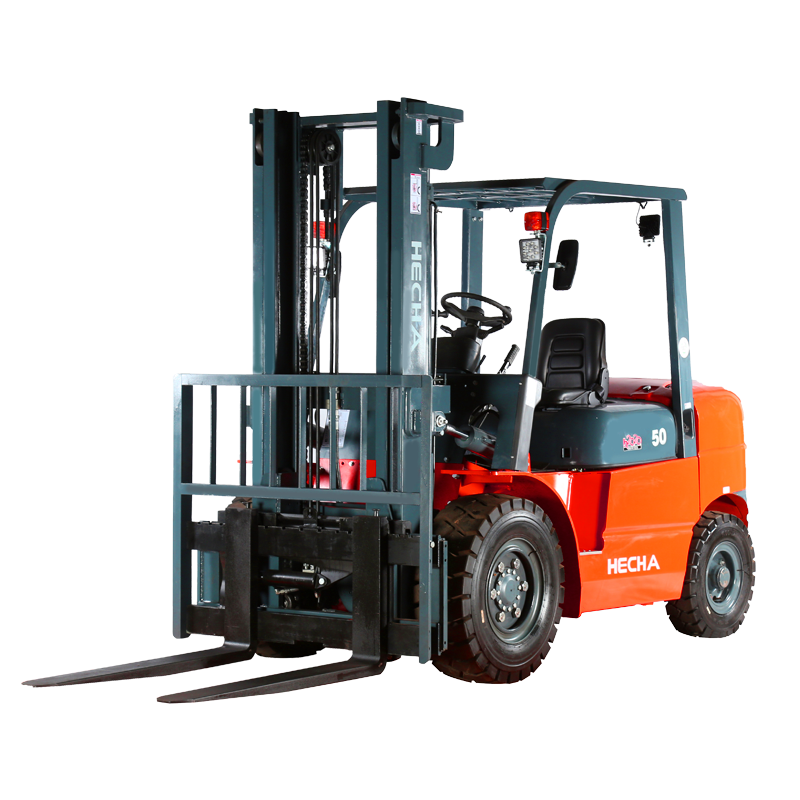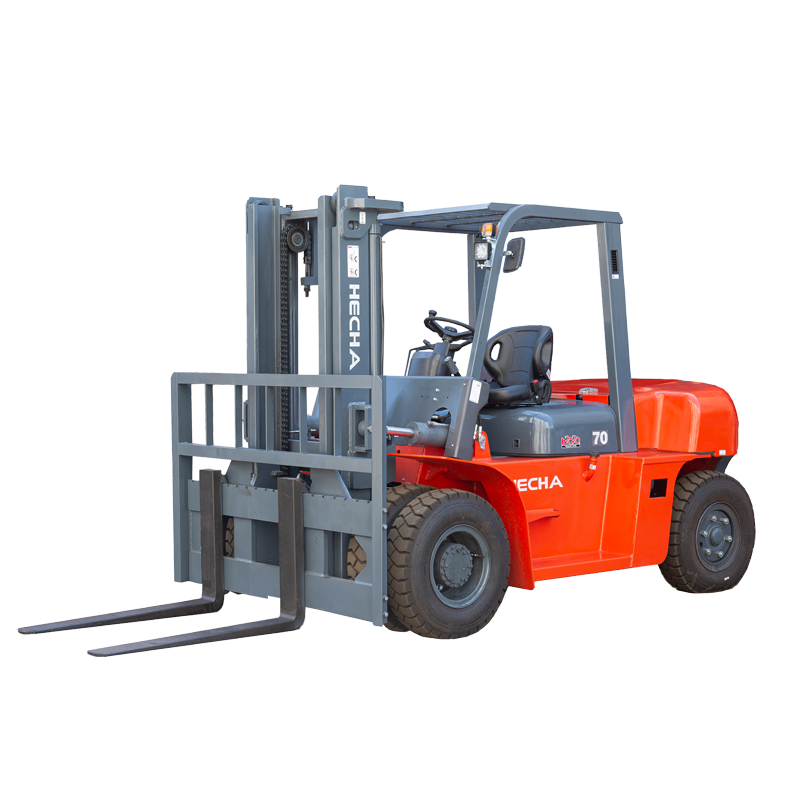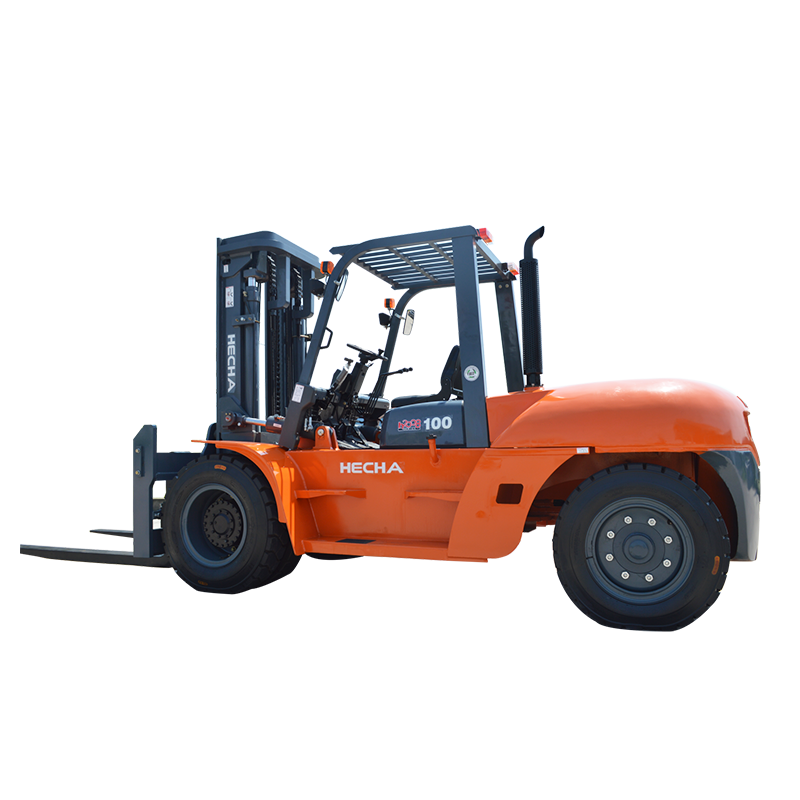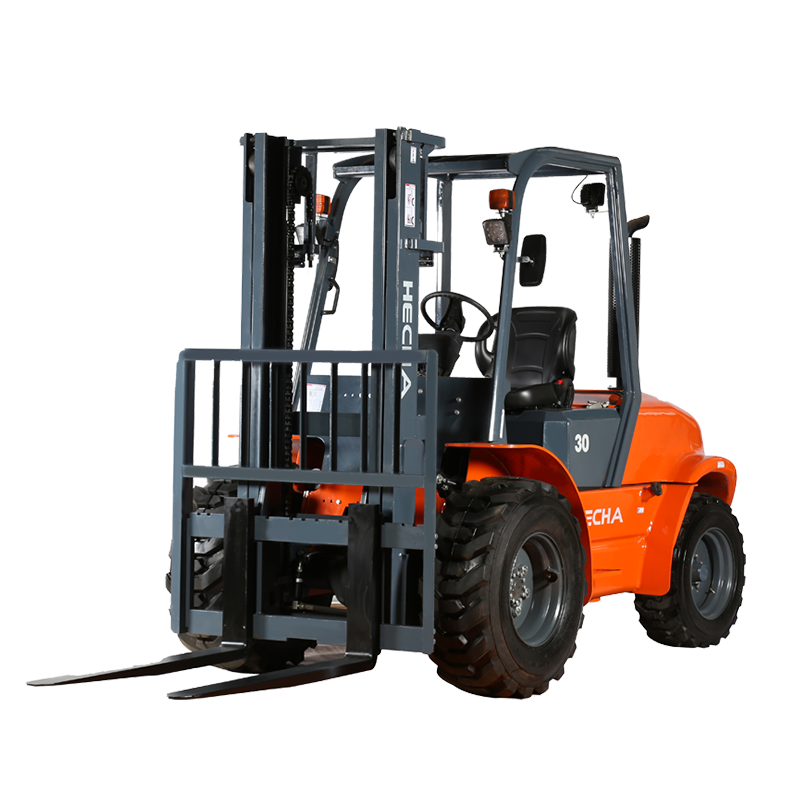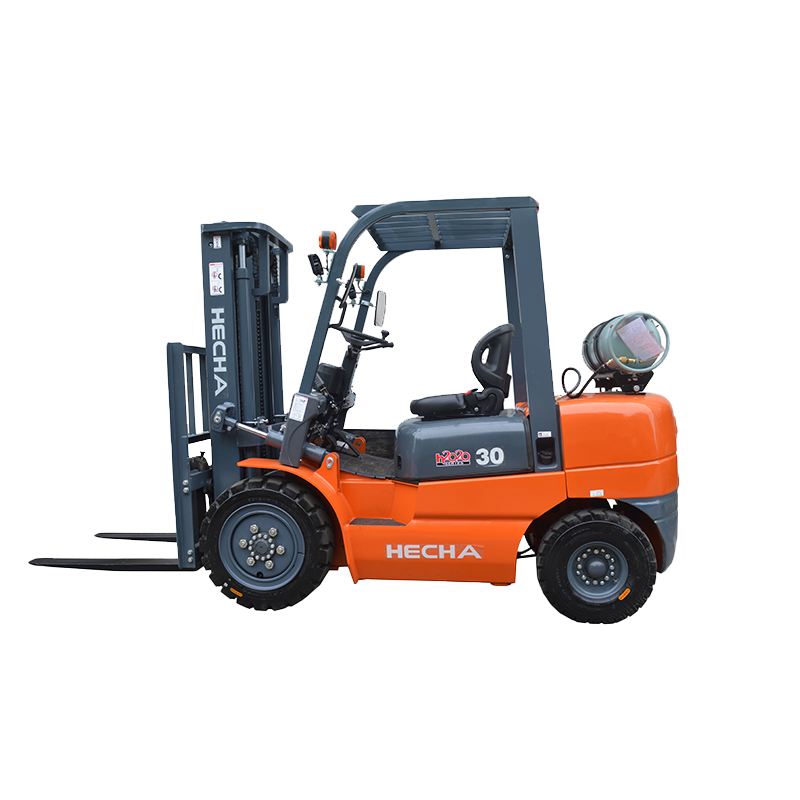Liquefied petroleum gas (LPG) forklifts show significant advantages in high-intensity logistics operations, and the core lies in the molecular structure characteristics of the fuel and the efficiency of the combustion mechanism. Compared with traditional diesel or electric power systems, the chemical composition of LPG fuel makes its combustion more thorough and the power output more stable, especially suitable for harsh working conditions such as frequent start-stop and heavy load handling. This combustion advantage not only improves the short-term torque response, but also reduces the long-term wear of the engine, making LPG forklifts more competitive in durability and economy.
The main components of LPG are propane and butane, which have a simple molecular structure and a short carbon chain, and the air mixing ratio required for combustion is easier to optimize. Compared with the long-chain hydrocarbons of diesel, LPG can vaporize faster in the combustion chamber and fully mix with air, thereby achieving a nearly complete combustion reaction. This feature allows LPG forklifts to output high torque at the moment of starting, avoiding the common turbo lag problem of diesel engines, and is also better than the power attenuation of electric forklifts at low power. In logistics warehousing and other scenarios that require frequent loading and unloading and short-distance high-speed round trips, the power response speed of LPG forklifts can significantly improve work efficiency and reduce work interruptions caused by power hysteresis.
Combustion sufficiency also directly affects the long-term operating stability of the engine. Diesel is prone to carbon deposits and particulate matter deposition after combustion. Especially under low-speed and high-load conditions, incompletely burned hydrocarbons will gradually adhere to key components such as fuel injectors and piston rings, resulting in engine power reduction and increased fuel consumption. The clean combustion characteristics of LPG greatly reduce such residues, allowing the engine to always maintain a high air tightness and compression efficiency. After long-term use, LPG forklifts can still maintain a power output level close to that of new machines, avoiding the increase in maintenance frequency and shortened life of diesel engines due to carbon deposits.
In addition, the high efficiency of LPG combustion also reduces the complexity of exhaust emissions. In order to meet environmental protection requirements, diesel engines need to be equipped with a particulate filter (DPF) or a selective catalytic reduction (SCR) system, which not only increases manufacturing costs, but also may affect performance due to regeneration problems when running at high loads. LPG combustion produces almost no particulate matter and low nitrogen oxide (NOx) emissions, making LPG forklifts more applicable in indoor or semi-enclosed environments, and can meet most emission standards without relying on complex aftertreatment devices.
The power performance advantages of LPG forklifts do not exist in isolation, but complement the design of their fuel supply systems. Modern LPG engines usually use electronically controlled gas injection technology to accurately adjust the air-fuel ratio to ensure optimal combustion efficiency under different loads. This closed-loop control system further optimizes the smoothness of power output, allowing LPG forklifts to maintain stable performance during sudden load or speed changes, without the "black smoke" of diesel engines or the sudden drop in battery power of electric systems.
The efficient combustion characteristics of LPG fuel provide forklifts with a unique performance balance point - they have both the strong power of diesel engines and the cleanliness and smoothness close to electric systems. In fields such as logistics and manufacturing that emphasize continuous and efficient operations, LPG forklifts have become an ideal choice for both productivity and sustainability due to their quick response, low maintenance requirements and environmental adaptability.

 English
English 中文简体
中文简体 русский
русский Français
Français Español
Español

